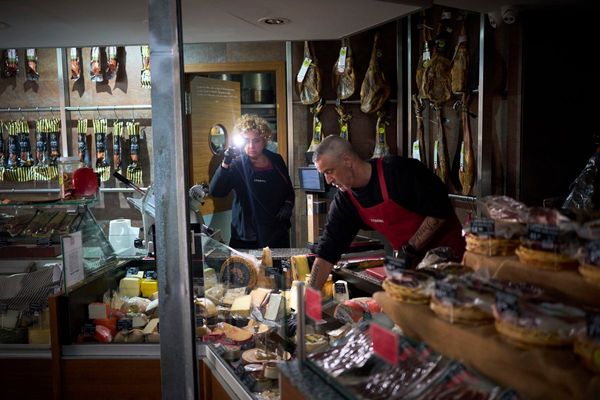Withstanding the vagaries of time for several millennia, a 175 million-year-old fossil wood stands at a corner in the Osmania University College of Science, Saifabad, helping students in honing their skills and gaining expertise in the subject of geology.
Surprisingly, very few know about this fossil wood belonging to the Jurassic Sediments of Pranahita Godavari Basin in the erstwhile Adilabad district. It was gifted to the college by the Geological Survey of India (GSI), Southern Region, Hyderabad. The fossil conifer wood of the extinct species of araucarioxylon arizonicum was put on display and unveiled by the then vice-chancellor of Osmania University, V. Ramakistayya on February 5, 1998.

Placed on a raised cement platform under a shed near the department of Geology, the hardened piece of wood from a bygone era has a prominent place in the hearts of faculty members and students. “It is a rare wood belonging to early Jurassic sediments and helps students in nourishing their skills,” said Ch. Venkatesh of the geology department. The conifer wood was excavated by the GSI from the Godavari basin.
“Such fossils can only be found in the coal belt. The initial stage of coal is called a fossil. Due to low-resistant capacity, the trees unroot as a result of harsh weather conditions, and get buried,” he said.
Over a period of time (millions of years) due to constant biological activity in the water, they become hardwood, the beginning stage of coal formation.
“From wood, their nature changes to lignite (75% coal) to bituminous (85% coal) and finally anthracite (95%) coal. This process or biological reaction in the buried tree takes millions of years,” Mr. Srinivas told The Hindu.
He said the height of such trees would be over 200 feet with a diameter of over two feet. Due to biological reactions on the bank of Godavari, the wood has transformed into ‘rock’ which requires no preservation. “In case the fossil on our campus was still under the earth, after millions of years, it would have also transformed into coal,” he said.
Students learn about the fossil in paleontology, a study of the history of life on earth based on fossils, and also go on field trips to the Godavari basin in the State, starting from Kumaram Bheem Asifabad district in the north to Bhadadri-Kothagudem in the south.







